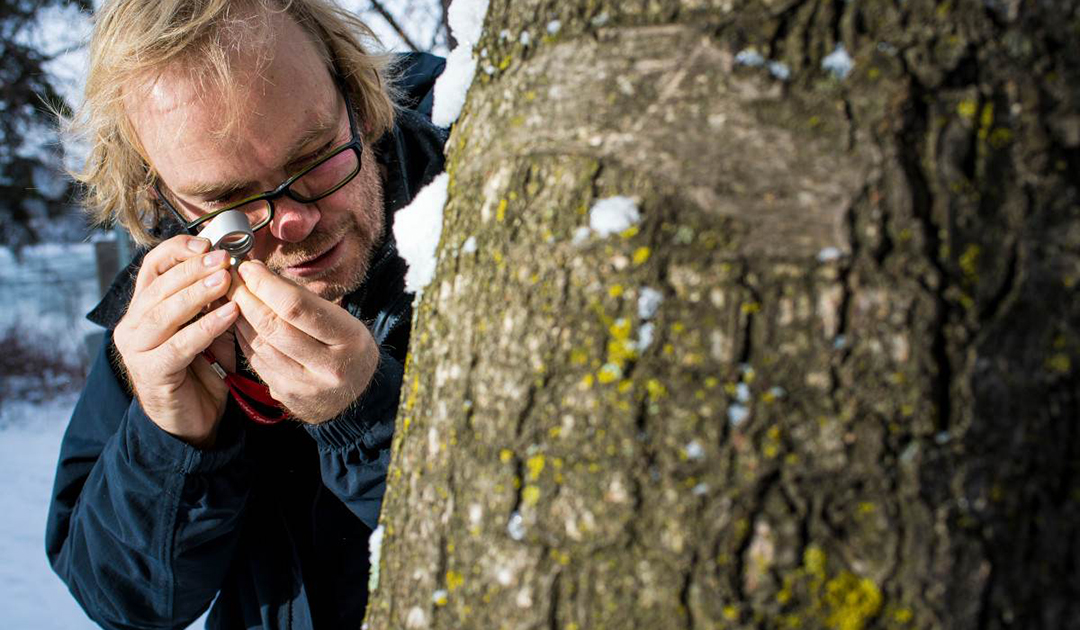
The rainforest-lined fjords in southeast Alaska are home to one of the highest concentrations of lichen diversity found on Earth, according to a new study led by scientists at the University of Alberta. The researchers found no less than 1300 different species of lichen in the national parks of southeast Alaska.
Lichens – a symbiosis of fungi and algae – are, apart from some brightly coloured or “long-haired” species, rather inconspicuous nature. And yet they play a key role in the ecosystems of the higher latitudes. Especially in the rainforests along the North American west coast, treemoss hangs from the trees in long braids, others decorate their trunks or rocks like patchwork carpets.
As first settlers, lichens have several important functions: they break up rocks by means of enzymes and acids, trap mud, dust, water and plant seeds, which then germinate in these tiny, fertile patches of soil. As a result, more and more soil accumulates on which more plants can settle. Cyanobacteria as symbiosis of certain lichens help low-nitrogen coniferous forests with the subsequent delivery of nitrogen from the air. In addition, lichens are a food source, for example for flying squirrels, deer and reindeer. As decomposers in the food web, they ultimately contribute to the recycling of nutrients and thus fulfill a vital function in the forest ecosystem.

An international team of researchers led by Toby Spribille, an assistant professor at the Faculty of Natural Sciences of the University of Alberta, took a closer look at the lichens in Glacier Bay National Park in Alaska, determining them and describing their habitats. The scientists describe the character of the region as follows: “If you zoom from the landscape view into the treetops of the coastal rainforests and into the carpet on the rocks and boulder fields, you will find intertwined ecosystems like in a matryoshka – one within the other.”
Researchers found more than 900 species of lichens, including 27 new species never described before. “This level of new biodiversity is usually associated with ‘forgotten valleys’ in the tropics,” says Spribille. “Finding this in southeast Alaska really shows how little we still know about coastal rainforests. There are so many new species for science that if you know what to look for, you can detect a new species on average per day of fieldwork.”

The authors compared the cumulative number of lichens in four different national parks in southern Alaska and found that all the parks put together contain more than 1,300 species. This work underlines the importance of understanding local biodiversity for nature conservation. Each national park is home to many species that do not occur in the other parks.
Within Glacier Bay National Park alone, each fjord was different. “Of 950 species, we found only 14 species common in all sectors of Glacier Bay,” Spribille added. “One asks what else there is to discover in all the areas that we could not reach.
The research team expresses hope that the findings from Glacier Bay National Park will help decision-makers in other parts of the coastal rainforest ecosystem. “This ecosystem is clearly very old and very diverse for some species groups. Every island and every valley is different,” says Spribille.
The study was funded by the National Park Service Cooperative Ecosystem Studies Unit in the United States in collaboration with the University of Montana, Michigan State University and the University of Graz in Austria.
Sources: Spribille et al. 2020, University of Alberta





